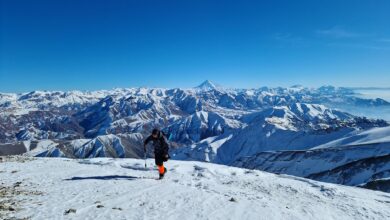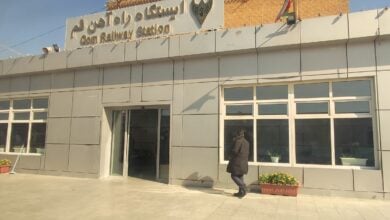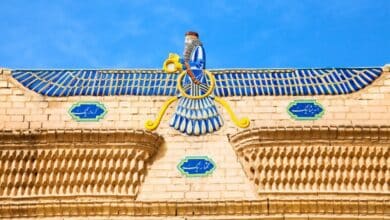Mesr Desert: Fascinating Land of Golden Sands
Travel through time, in this mysterious desert

Mesr Desert, also known as the Desert of Khour and Biyabank, is a natural gem that has captured the hearts of nature enthusiasts and desert explorers. In recent years, it has gained considerable popularity, becoming a thriving destination for tourists. Located in the village of Mesr in the Isfahan province of Iran, this desert holds a unique charm and a rich history that adds to its attractions.
Contents
The Story Behind the Name: Mesr Village
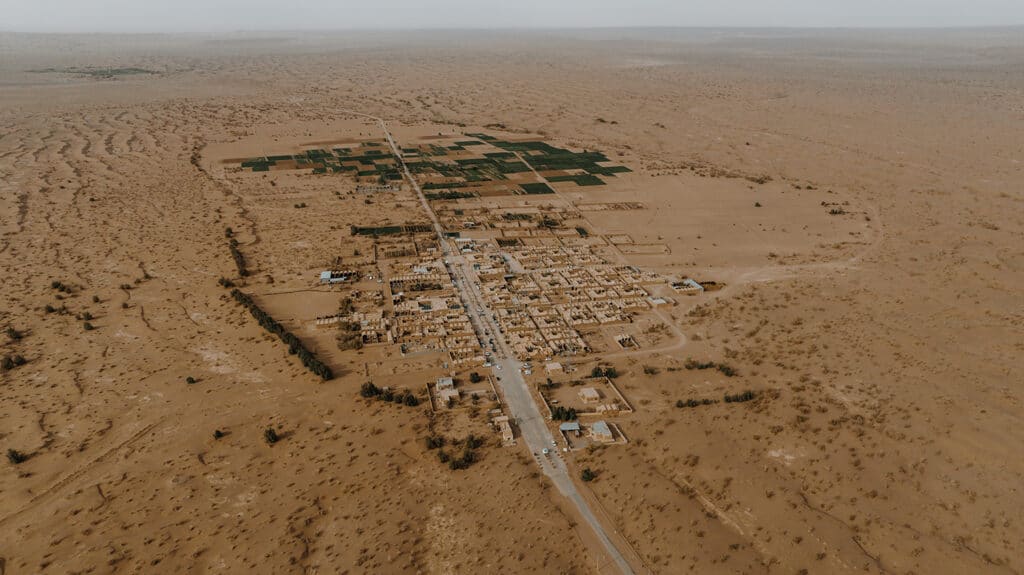
Mesr Village, located in the heart of the Isfahan province, holds a captivating tale of its nomenclature. Around a century ago, a resident named Yusuf was a dedicated shepherd in this village. Facing a water scarcity issue, Yusuf dug a well to address the problem successfully. However, as time passed, the village faced water shortages again. In response, Yusuf dug a deeper well, and the village came to be known as “Chah Deraz” (Deep Well Village).
Yusuf, suggesting respect for the story of his life in Egypt and admiration for Prophet Yusuf, proposed renaming the village to Mesr (which in Persian means Egypt). The residents wholeheartedly accepted this proposal, and Mesr Village was born.
Location of Mesr Desert: Khour and Biyabank
The stunning Mesr Desert is situated in the village of Mesr, within the Khour and Biyabank region of Isfahan province. It lies approximately 45 kilometers from Jandaq city, around 57 kilometers from Khour, and is positioned along the route from Damghan to Nain and Isfahan. For those planning a visit, taking a flight from Tehran to Isfahan and then driving to Mesr Desert takes about five and a half hours. Alternatively, a direct journey by private car from Tehran covers a distance of approximately 630 kilometers. Surrounding Mesr Village are two other villages named Farhazad and Amirabad.
This captivating desert in the Iran central desert landscape is a must-see for both domestic and international tourists of all ages, offering an unforgettable experience.
Best Time to Visit Mesr Desert
Like any other warm and dry desert destination, the ideal time to visit Mesr Desert is during the winter and spring months. From the beginning of November to the end of May, visitors can enjoy a pleasant stay in Mesr Village with moderate weather. However, due to the desert climate, evenings and nights can get chilly, so it’s advisable to pack warm clothing.
Mesr Desert Sky
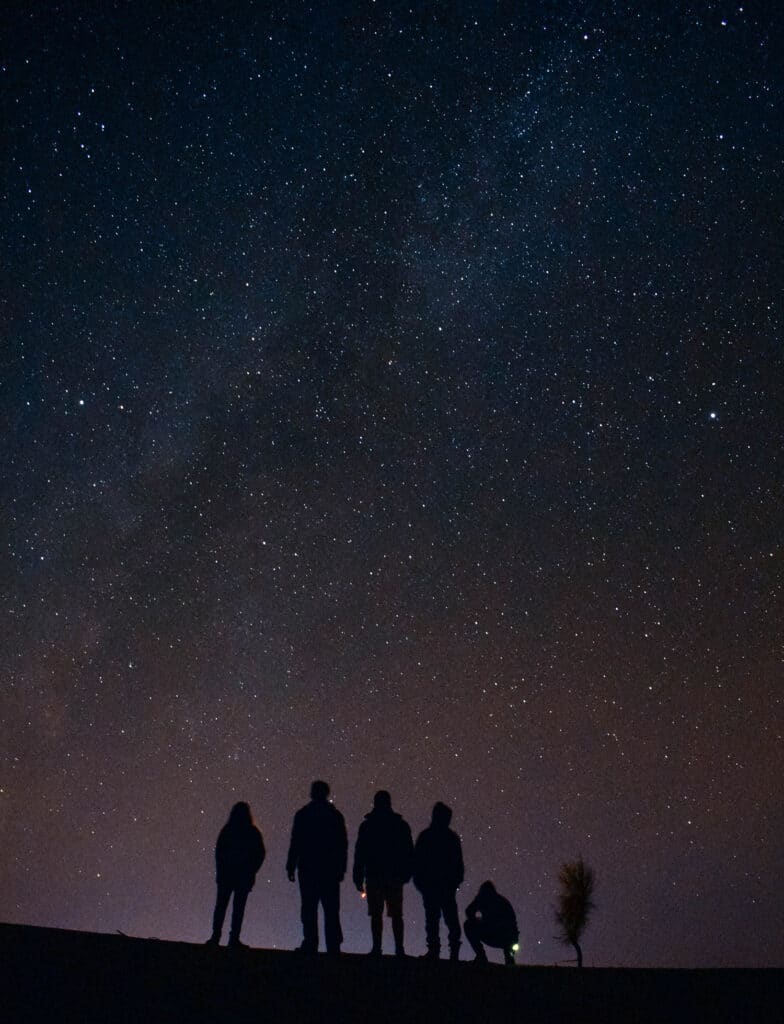
One of life’s dreams for many is gazing at the starry sky of the desert at night. Mesr Desert fulfills this dream, as marveling at the stars and identifying celestial formations becomes a reality. The combination of a starry night, occasional meteor showers, and campfires during cold nights creates a memorable and unforgettable experience for travelers with friends and companions.
Recreation in Mesr Desert: Khour and Biyabank

One of the most popular and enjoyable activities in this desert is camel riding. Mounting these gentle giants, feeling the touch of their humps, and engaging in desert exploration while capturing moments with camels provide a memorable experience, bringing you closer to nature.
For off-road enthusiasts, off-roading on the smooth sands of Mesr Desert with rented off-road vehicles is an exhilarating and indescribable adventure to share with friends and fellow travelers.
Photography in the desert, capturing memorable and creative moments of simple yet entertaining activities, can keep you engaged and draw your attention to the beauty of the pristine and natural desert surroundings.
Walking barefoot on the sands can also be a novel experience, creating a positive and invigorating sensation. Additionally, sandboarding, sliding down sandy hills with a board, can be a fantastic activity, creating joyful and delightful moments.
Remarkable Places in Mesr Desert

The Sand Dunes stand out as remarkable and unique attractions in the Mesr Desert. Witnessing the vastness of these special and sandy formations can be highly rewarding. Another notable spot is Nasar Mesr, located about 6 kilometers from Mesr Village, offering a breathtaking view with a combination of lagoons, sands, and surrounding vegetation.
The Salaknon Hills, situated to the north of the Village, are peculiar and beautiful formations, characterized by sandy hills. Formed due to ancient floods, these hills are named Salaknon, which later evolved to Sile Kanun (Flood Canyons).
Don’t overlook the mesmerizing Salt Lake of Mesr Desert, one of the largest seasonal salt lakes in Iran. Many Iranian tourists travel to this region, obtaining plane tickets or using other means to witness the changing colors of its pentagonal salt flats, varying from bright in summers to dark in winters.
The Bride’s Throne is an indescribable attraction, its name adding to its grandeur. These elevated desert thrones offer a panoramic view of the desert areas, earning the titles of the Bride and Throne due to their beauty and height.
Biaziyeh Castle, located about 50 kilometers southeast of Khour, is approximately an hour and a half away from Mesr Village. This ancient fortress, dating back to the Sassanid era, showcases intriguing Sassanid architecture and played a significant role in the region during its time.
Even Mesr Village itself, with its traditional and rustic houses, can be an exemplary attraction.
Essentials for a Trip to Mesr Desert
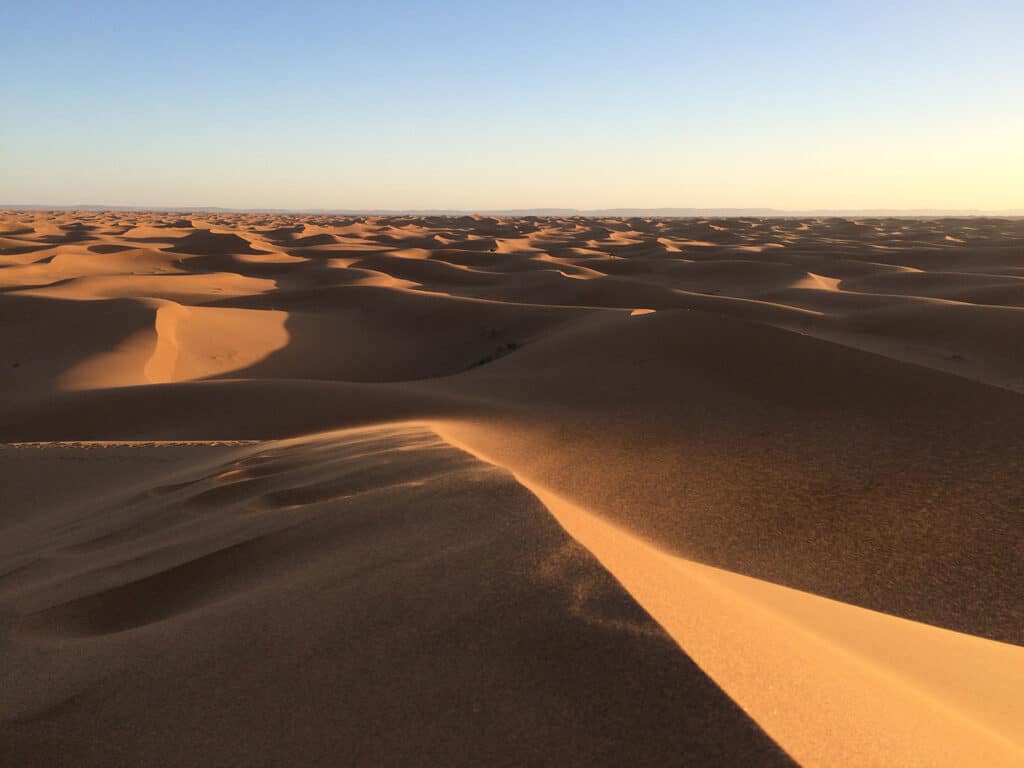
All desert regions, despite their unique beauty, have rugged and potentially hazardous environments. Therefore, having complete equipment and a familiar guide to the area are essential for a trip to Mesr Desert.
- Suitable desert clothing: Choose clothing that is comfortable for walking and hiking, resilient against water, wind, and dust, and blends with the natural surroundings. Cotton clothing is suitable for cooling the body.
- Water container: Due to the need for ample water in the desert, carrying sufficient water is crucial in case of unexpected situations.
- Tent: Given the beautiful and starry nights in the heart of the desert, a tent and camping equipment are necessary for overnight stays.
- Warm clothing
- Thin blanket
- Small pillow
- Sunscreen
- Sunglasses
- Brimmed hat
- Pocket power bank
- Suitable walking shoes for desert terrain
- Insect repellent
- First aid kit
Essential navigation tools for the desert (map, GPS, and compass)
Note: Avoid wearing jeans, city-style shoes, sandals, and precious jewelry.
Flora and Fauna of Mesr Desert
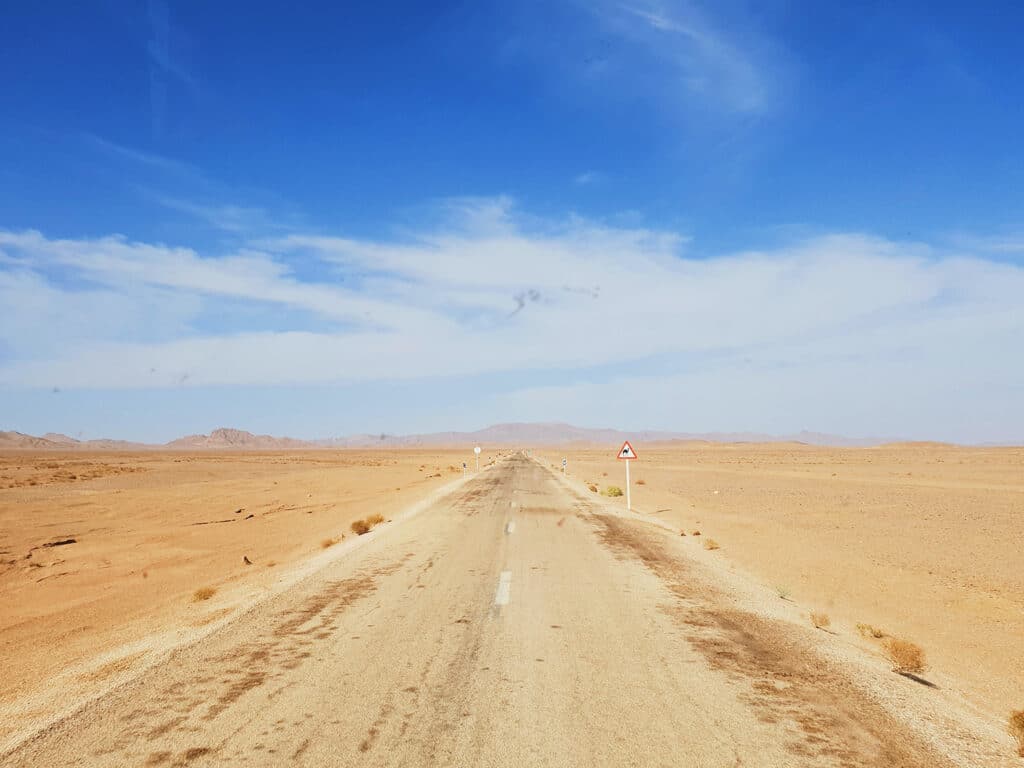
When it comes to the vegetation of Mesr Desert, various shrubs and trees such as Gaz, Taagh, Date Palm, Qaych, and Dermaneh, alongside the yellow and orange sands, add a touch of life to the desert landscape.
The desert is not devoid of wildlife; it has a noticeable animal population that becomes active mostly during the nights, enhancing the beauty of the desert. Two-legged small animals, gerbils, desert foxes, hares, sand cats, and other small reptiles that usually inhabit deserts are seen in Mesr Desert. However, it’s crucial to note that this area is a protected zone, and hunting is strictly prohibited.
Conclusion
In conclusion, a journey to Mesr Desert promises an enchanting experience, blending the thrill of adventure with the tranquility of nature. The unique attractions, from camel riding and off-roading to the breathtaking landscapes of dunes and lagoons, create a tapestry of memories that captivate every traveler. Mesr Desert’s attractiveness lies not only in its stunning vistas but also in the simplicity of its recreational activities – barefoot walks on the sands, sandboarding, and the joy of camping under the star-studded desert sky.
For those venturing into Mesr Desert, the essentials of desert travel, coupled with a deep respect for the delicate ecosystem, are crucial. With the right preparation, this desert journey becomes not just a visit but an immersion into the heart of Iran’s natural beauty and cultural heritage.

